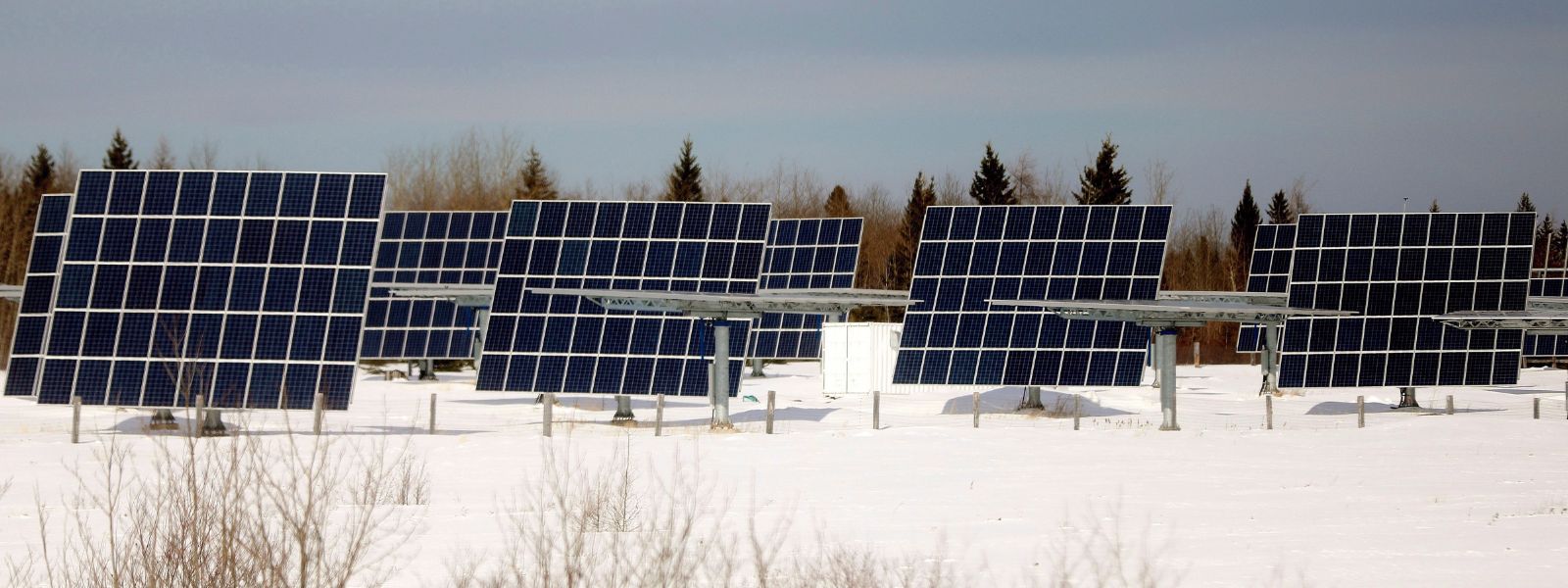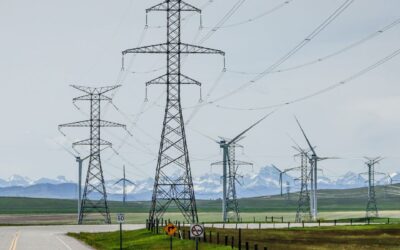This article was previously published in The Toronto Star.
The rest of the world is ramping up its transition to cleaner, more efficient, electric technologies, while the Trump administration is leading the United States down a dead-end street.
That’s one rather glaring conclusion from the world’s foremost energy authority, the International Energy Agency’s (IEA) in its latest World Energy Outlook.
Granted, the agency was not so impolitic as to state it that bluntly, but it’s hard not to reach that conclusion from a closer read of the IEA’s report.
Historians will look back on the U.S. raising the white flag on the energy transition as a catastrophic error, putting North America at risk of becoming an island of fossil fuels in an electrifying world.
Canada should take note and choose a better path.
So, what does the IEA report say? Under conservative assumptions about the world’s energy markets, global fossil fuel demand is set to peak around 2030 and clean energy will continue to skyrocket.
Based on the IEA’s “stated policies” scenario, coal is already close to its peak, oil is set to plateau around 2030 and gas is set to follow suit in 2035, declining slowly but steadily thereafter.
Renewable power will expand to deliver more than half of the electricity generated worldwide in the next decade, up from about one third of global generation today.
That should trigger flashing red lights and sirens in downtown Calgary, on Bay Street, and atop Parliament Hill.
And if this wasn’t enough warning for Canada’s future fossil fuel exports, this conservative IEA scenario is almost certainly too dour on the deployment of clean technologies like renewables and batteries, which it assumes will flatten out — a prospect that is already stale-dated.
In reality, solar and battery costs have continued to crater and deployments are soaring. Fossil fuels in the power sector globally are expected to see no growth this year, as solar and wind have grown fast enough in the first three quarters to exceed rising electricity demand.
In the 10 years since the Paris agreement, the world has seen a 10-fold increase in solar power, making it the fastest growing source of electricity alongside wind power and well eclipsing the growth of gas and coal.
Living beside the United States, it can be easy to overlook these global trends. We see headlines about stalling electric vehicle sales in North America, with President Donald Trump rolling back supporting policies, but miss the fact that one-in-four cars sold this year globally will be electric.
Trump rips up permits for massive solar and wind projects. At the same time, the European Union commits to reducing its emissions 90 per cent by 2040 from 1990 levels. And member states are basically on track to meeting the 2030 target of 55 per cent cut.
What does it all mean for Canada?
The global energy transition is essentially splitting in two. Fossil fuels are proving stickier in the U.S. — thanks to retrograde action from the Trump administration — and decarbonization and electrification is accelerating virtually everywhere else.
Prime Minister Mark Carney has laudable goals. He’s committed to doubling Canada’s non-U.S. exports in the span of a decade, which means markets like the EU, United Kingdom, and Asia will be critical. Each of these jurisdictions are charging ahead on clean energy and climate policies.
His government has also released a climate competitiveness strategy and a couple of rounds of “nation-building projects.” There are a number of positive steps forward in this regard: a commitment to strengthen industrial carbon pricing, cut more methane from oil and gas, and build bigger, cleaner electricity systems, among other things.
These plans need to be tackled with clarity and urgency. Timelines need to be laid out. Policy details need to be confirmed.
Failing to do so will add costs and shrink markets for Canadian industries exporting into places like the EU and the U.K., which are putting carbon tariffs in place that penalize products not subject to sufficiently stringent carbon pricing. It will delay big investments in projects like critical minerals or other sectors looking for access to clean, reliable electricity.
History isn’t kind to those who fail to embrace technological transitions. Our American neighbours are trying to reverse the inevitable global energy transition. In order to take advantage of our significant opportunities, Canada must chart its own path forward.
Our policy advice is pretty simple: Clean up electricity and electrify everything possible. This is the nation-building project Canada needs and one that provides unprecedented opportunities for a new era of co-operative leadership between the federal and provincial levels.








